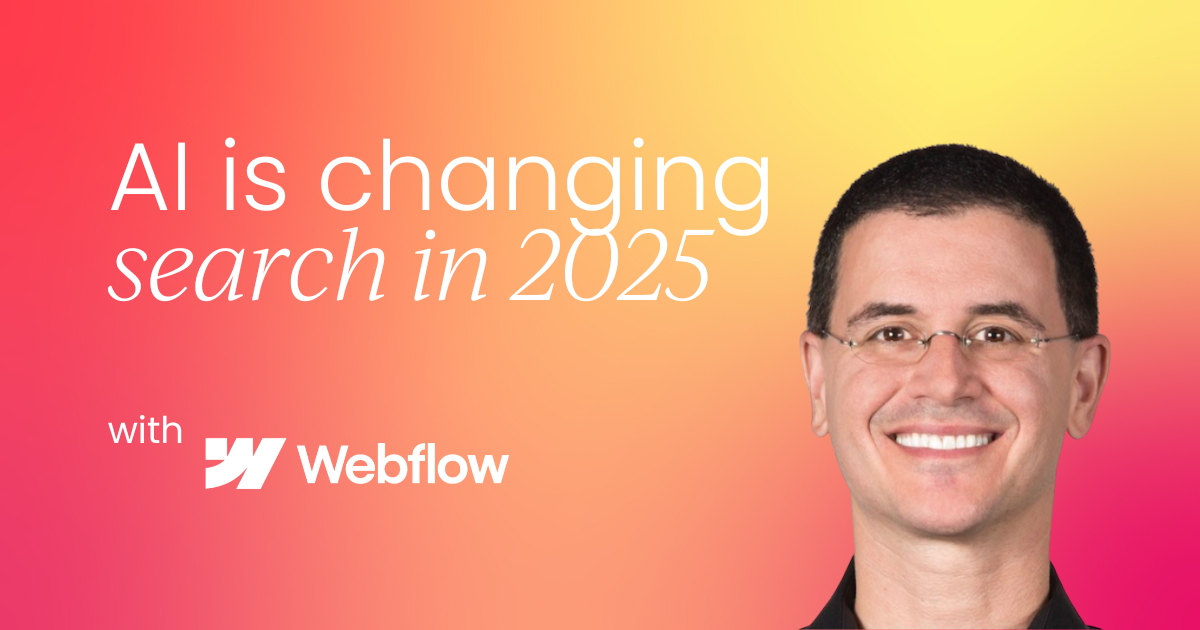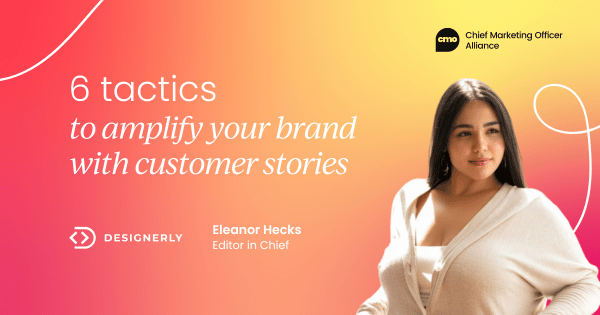Let’s get one thing straight: Consumers aren’t searching anymore, they’re asking. And AI is answering.
In 2025, conversational AI is no longer just an emerging trend. It’s the new front door to commerce.
Shoppers aren’t typing keywords into traditional search engines, they’re turning to tools like ChatGPT, Perplexity, or Gemini and asking natural-language questions like, “What’s the best carry-on luggage for frequent travelers?” or “What’s a good wine for under $20?”
The data confirms it:
- 54% of consumers now use conversational search
- 27% use chatbots over traditional search engines
- 45% say they use AI at some point in their shopper journey
- And AI-driven retail traffic is up 1200% year over year
And here's the kicker. 80% of users rely on zero-click answers from these tools. That means consumers never visit a brand’s site or an affiliate link.
They just ask, get an answer, and buy. In other words, if you're not ranking in the LLM's answer, you're invisible.
What we know about how AI picks winners
We’re still in the early innings of LLM-powered product discovery, but a few things are already crystal clear about how brands show up (or don’t).
- Ads are not optional, they’re influential. LLM crawlers click on ads 86% of the time, use ad-derived content 66% of the time, and even reproduce ad copy verbatim in 36% of product suggestions. That’s not noise, that’s signal.
- Context matters. A lot. Want to rank for “best backpack for travel”? AI is pulling from travel blogs, not just product pages. Topical alignment and relevance beat brand name alone.
- Content quality drives credibility. Aggregated rankings, real customer reviews, and expert roundups are gold mines for LLMs. They crave substance, not spin.
- The language you use matters. GPT prefers practical details like “2lbs” and “fits in overhead bin” over fluff like “cutting-edge” or “sleek.”
- The prompt is everything. Small changes in how a consumer asks the question can dramatically change what the LLM delivers. That’s both a challenge and an opportunity for brand influence.
So… what should brands do about it?
Like inflation or tariffs, the rise of AI-driven product discovery isn’t something brands can control. But they can control how they respond. And just like with economic pressure, the brands that get proactive will be the ones that win.
Here are three plays to run right now.
1. Influence the LLMs directly
Get indexed by the sources LLMs trust. That means investing in premium, contextually aligned content like expert articles or feature-rich native placements on authoritative publishers.
Build stories that go deep, not just wide, and focus on product attributes that matter to real humans. Also, make sure your ads go beyond flashy language and say something useful because AI is watching.
Dyson, for example could adopt this kind of approach by:
Distributing high-impact editorial content across top tech and lifestyle sites (e.g., CNET, Wired, Home & Garden, etc.)
Deep dive articles like the “Best Cordless Vacuums for Pet Owners” or “Finding the Right Vacuum that Won’t Break or Break the Bank” could showcase Dyson’s key specs like suction power, battery life, and filter ratings, while also positioning Dyson as a dependable, well-made, and long-lasting product.
Leveraging feature-rich, text-based ad copy with practical descriptors
... to set Dyson apart. “Dyson V15 Detect, 6-lbs, up to 60-min runtime, HEPA filter.” They’re not necessarily the sexiest ads, but they’re the ones LLM crawlers are most likely to click on, internalize, and include in their recommendations.
Structured data markup across the Dyson product pages
Including schema for reviews, specifications, and FAQ so AI agents can parse them directly. No more hiding behind sign-up walls; technical specs and other helpful information needs to be as easy as possible for LLMs to pick up.
2. Jumpstart the right prompts
The best LLM answer starts with the right question. Brands can prime the pump with interactive formats, keyword-powered ad units, and high-intent campaigns that teach consumers how to ask.
Whether it’s through advanced performance targeting or embedded value propositions, helping the user frame their intent gets your product into the conversation before it even starts.
Sephora, for example, could adopt this kind of approach by:
Embedding interactive quizzes and micro-apps on site, and across premium publishers at scale
A “Find Your Perfect Foundation” tool gathers skin tone, coverage and finish preferences, then suggests a Sephora pick with AI-optimized query prompts such as “best matte foundation for dry skin under $30.”
Producing keyword-powered vertical video ads
This is to capitalize on snackable, social feeling, mobile-friendly interactions. Short how-to clips titled “3 Tips for Long-Wear Lipstick That Won’t Smudge” with text overlays mimicking quick and easy prompts consumers can repurpose for their LLM queries.
Heck, Sephora could go a step further and even directly suggest which prompts to use, or include a link to a pre-populated interaction with ChatGPT, Gemini, Grok, or another LLM.

3. Circumvent the AI gatekeeper
Not every consumer will go to AI first. Some are still browsing or haven’t even decided to start their journey yet.
o target them before they ever prompt, through in-depth articles, immersive display formats, or smart audience targeting that anticipates intent.
Build brand affinity early so consumers are more likely to seek your product by name when they do consult an AI assistant.
Everlane, for example, could adopt this kind of approach by:
Publishing pre-search content hubs
For example, a “Summer Capsule Wardrobe” series on fashion and lifestyle sites. Styling tutorials, shoppable lookbooks, and behind-the-scenes videos promoted could help establish Everlane as the go-to sustainable fashion resource.
Running immersive and interactive rich-media ads
This is to highlight Everlane’s transparent pricing model, ethical factories and sustainable sourcing, embedding the brand narrative in the consumer mindset before any AI prompt even happens.
Activating targeted audience distribution with custom performance segments
Which is based on engagement signals from the above content activations. Serving dynamic ads to consumers who are interested in “denim” or “luxury basics” or “sustainable fashion” reinforces Everlane’s values and helps them jump to the front of the line in consumers’ minds.
In short
AI may be rewriting the rules, but brands that stay visible, authentic, and value-aligned will still win.
Whether it’s through well-placed native content, keyword seeding, or circumventing the gatekeeper entirely, now is the time to take action. Because in this new era of product discovery, there’s no second page.
And let’s be honest, there never really was.
Join our growing Slack community of top CMOs and marketing leaders and start asking all your pressing questions, get inspired by success stories, get the latest in marketing, and so much more.







.png)









 Follow us on LinkedIn
Follow us on LinkedIn






